The 1970s was a time of cultural revolution, bell-bottoms, and disco fever. However, many of the conveniences that we take for granted today were nonexistent back then. With the rapid advance of technology and changing lifestyles, the landscape of everyday life has transformed dramatically since those groovy days.
From digital gadgets to lifestyle changes, these items highlight how far we’ve come and how our expectations and daily routines have evolved. Whether you’re reminiscing about the past or learning about it for the first time, you’ll find this exploration of then-and-now both insightful and entertaining.
1. Smartphones
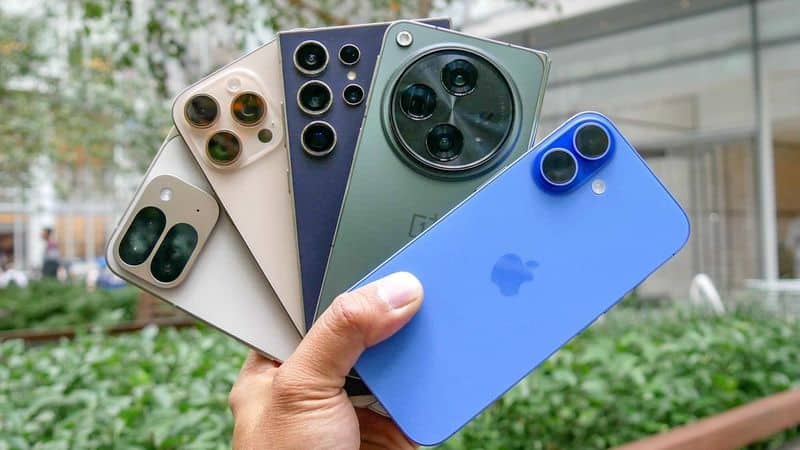
In the 1970s, the concept of a mobile phone was still in its infancy. Today, smartphones are our constant companions, connecting us to the world. They’ve revolutionized communication, offering features like internet browsing, social media, and GPS navigation. Remembering the days of rotary phones and operator assistance makes this technological leap even more astonishing. These devices, once considered science fiction, are now essential in our daily lives. They serve as cameras, calculators, and even portable offices. The convenience of having everything at our fingertips is something we often take for granted. Smartphones have indeed changed the way we live, work, and interact.
2. Internet

The idea of the internet was a distant dream during the ’70s. Today, it is the backbone of modern communication, commerce, and entertainment. This vast network connects billions worldwide, offering endless information and opportunities. Back then, information sharing was limited to newspapers, books, and television. The internet’s impact on education, business, and social interaction is profound. It’s hard to imagine life without it, as it influences almost every aspect of our daily lives. From emails to e-commerce, the internet has reshaped how we communicate and conduct business. Its role in modern society is indispensable.
3. Social Media

In the 1970s, socializing meant face-to-face interactions, phone calls, or letters. Social media has transformed our social interactions, enabling connections across the globe. Platforms like Facebook, Twitter, and Instagram allow us to share moments, ideas, and news instantly. This digital transformation has created communities without borders, fostering global friendships and collaborations. The ’70s relied on traditional media for news and updates, while today’s world is driven by user-generated content. Social media influences trends, marketing, and even politics. Its pervasive presence in our lives reflects the rapid evolution of technology and communication.
4. Streaming Services
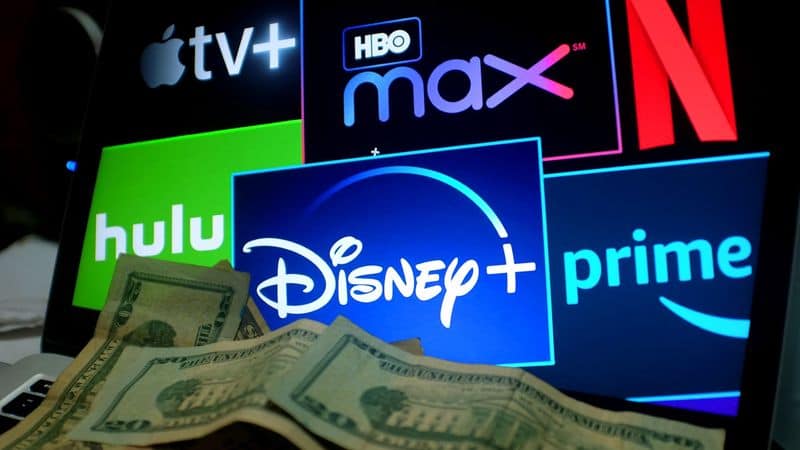
Television in the ’70s was a scheduled affair, with limited channels and no on-demand options. Streaming services like Netflix and Hulu have revolutionized how we consume media. Offering vast libraries of content accessible anytime, anywhere, these platforms have reshaped home entertainment. Binge-watching shows and discovering new content is now a common pastime. The ’70s era of waiting for weekly episodes seems archaic in comparison. Streaming has not only changed our viewing habits but also how shows and movies are produced. This shift illustrates the dynamic nature of entertainment and its adaptation to modern lifestyles.
5. Online Shopping

Shopping in the ’70s meant trips to physical stores, browsing aisles, and handling cash. Today, online shopping offers unparalleled convenience, bringing products to our doorsteps with a few clicks. Platforms like Amazon have made it possible to shop globally, breaking geographical barriers. This shift has transformed retail, affecting everything from supply chains to consumer behavior. The instantaneous nature of online transactions contrasts sharply with the ’70s shopping experience. With features like user reviews and personalized recommendations, online shopping has enhanced the consumer experience, making it more efficient and tailored. This digital evolution continues to redefine retail.
6. GPS Navigation
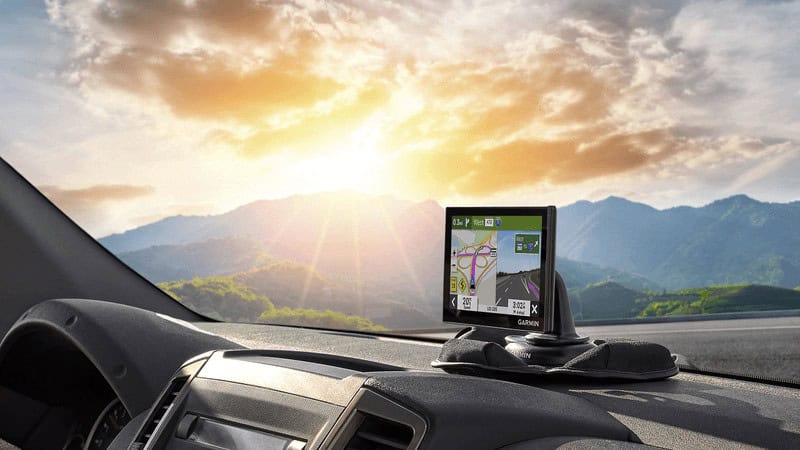
In the ’70s, navigating meant using paper maps or asking for directions. GPS navigation revolutionized travel, providing real-time directions and traffic updates. This technology has made getting lost a thing of the past, offering convenience and safety. Drivers can now explore unknown destinations confidently, thanks to satellite-guided navigation. The ease of finding the fastest routes and avoiding traffic jams showcases technological progress. GPS has become an integral part of modern travel, influencing everything from road trips to local commutes. The ’70s reliance on static maps seems distant in a world of digital navigation.
7. Home Automation
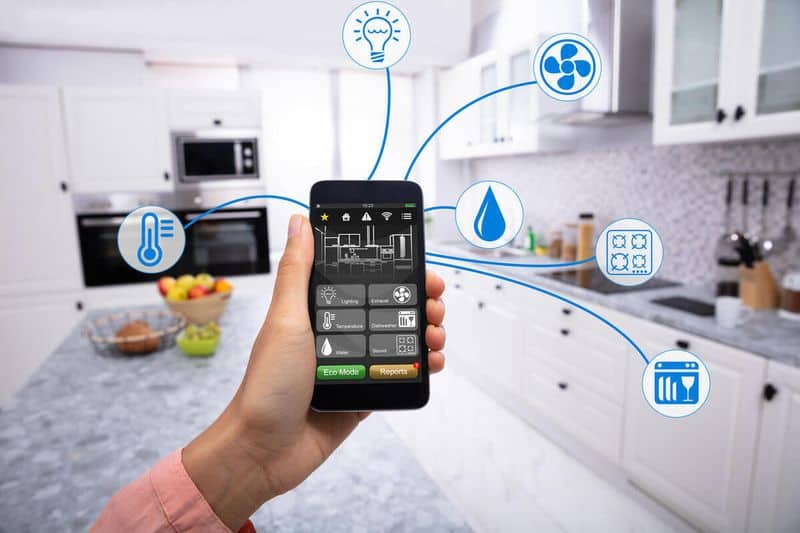
The ’70s home was manual, with no concept of automation. Today, smart home devices like Alexa and Google Home automate daily tasks, offering control through voice commands. From adjusting thermostats to playing music, home automation enhances convenience and efficiency. This technological advance represents a significant shift in lifestyle, blending comfort with innovation. It’s a glimpse into the future of living, where homes adapt to our needs seamlessly. The ’70s reliance on manual controls is a stark contrast to today’s smart environments. This evolution in home technology highlights progress in enhancing our living spaces.
8. Electric Cars
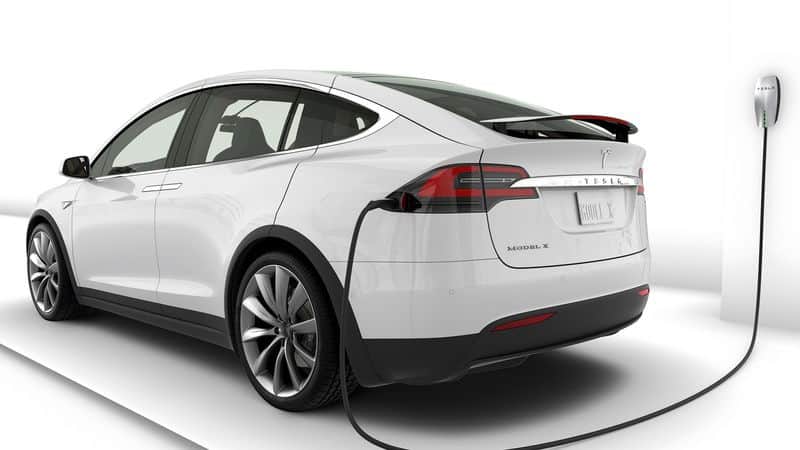
In the ’70s, cars were gas-guzzlers with little regard for environmental impact. Electric cars have emerged as a sustainable transportation solution, addressing climate change concerns. Brands like Tesla have made electric vehicles mainstream, promoting eco-friendly driving. The shift from gasoline to electricity marks a revolution in automotive engineering. Electric cars offer benefits like reduced emissions and lower operating costs. This transition reflects a growing awareness of environmental responsibility and technological innovation. The ’70s fossil fuel-dependent transportation seems outdated compared to today’s green options. Electric cars symbolize progress towards a sustainable future.
9. Fitness Trackers
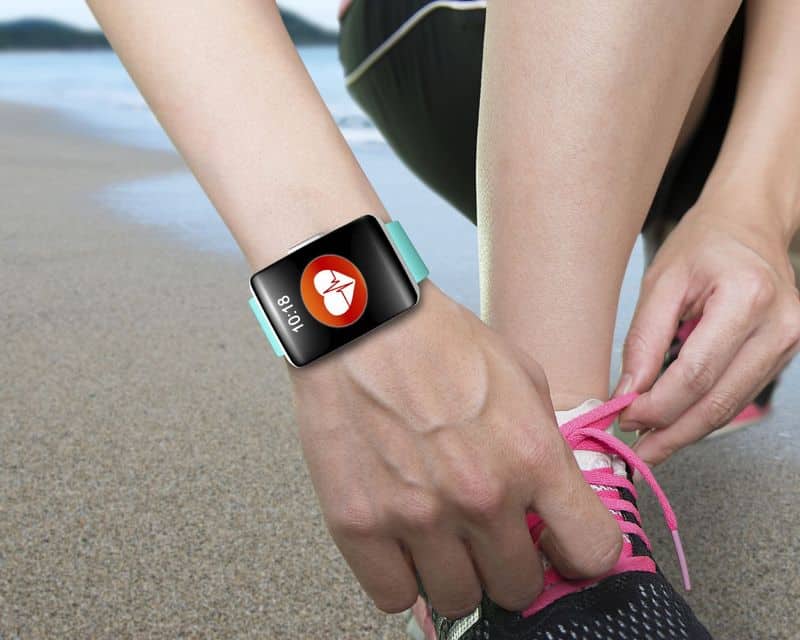
Fitness in the ’70s was driven by aerobics videos and jogging. Today’s fitness trackers, like Fitbit, provide real-time health metrics, encouraging active lifestyles. These wearable devices monitor heart rate, steps, and even sleep quality, offering insights into personal health. This technological boon helps individuals set goals, track progress, and maintain motivation. The ’70s focus on basic exercises contrasts with the data-driven approach of modern fitness. Fitness trackers have democratized wellness, making it accessible to all. They represent a fusion of technology and health, empowering individuals to take charge of their well-being.
10. Digital Photography

Photography in the ’70s relied on film cameras, with limited shots and development times. Digital photography has transformed this art form, offering instant results and endless possibilities. Cameras now capture high-quality images stored digitally, allowing for easy editing and sharing. This shift has democratized photography, enabling anyone to become a photographer. The convenience of digital storage and the ability to review shots on the spot have revolutionized the creative process. The ’70s era of film rolls and darkroom development feels distant in today’s digital age. This evolution reflects the broader impact of technology on creativity.
11. E-Books

Reading in the ’70s meant physical books and library visits. E-books have redefined reading habits, offering a digital alternative to paper. Devices like Kindle store thousands of titles, providing easy access to literature. This shift has transformed the publishing industry, catering to modern demands for convenience and portability. E-books allow for instant downloads, adjustable text sizes, and integrated dictionaries. The ’70s reliance on physical copies contrasts with today’s digital libraries. E-books embody the marriage of technology and literature, making reading more flexible and personalized. This evolution continues to shape the literary world.
12. Cloud Storage

In the ’70s, data storage was limited to physical media like floppy disks. Cloud storage offers a limitless digital alternative, redefining how we store and share information. This technology enables access to data from anywhere, promoting collaboration and flexibility. The shift from physical to virtual storage reflects broader technological advances. Cloud solutions have transformed everything from personal file management to enterprise operations. The ’70s dependency on tangible media feels primitive compared to today’s digital convenience. Cloud storage exemplifies progress in data management, enhancing efficiency and connectivity. It’s a cornerstone of the digital age.
13. Video Conferencing

The ’70s communication was limited to phone calls and face-to-face meetings. Video conferencing has revolutionized interaction, breaking geographical barriers. Platforms like Zoom and Skype enable virtual meetings, offering visual and auditory engagement. This technology has transformed business, education, and social connections, promoting remote work and collaboration. The ’70s reliance on physical presence seems outdated in a world of virtual communication. Video conferencing exemplifies technological progress, providing flexibility and bridging distances. Its role in modern society highlights the shift towards a more connected world, where location is no longer a barrier to interaction.
14. Wearable Technology

In the ’70s, wearable technology was confined to digital watches. Today, wearables like smartwatches integrate communication and health tracking. These devices connect to smartphones, providing notifications, fitness data, and more. The evolution from simple timekeeping to multifunctional gadgets reflects technological advances. Wearables embody the fusion of fashion and function, catering to tech-savvy individuals. The ’70s digital watches seem simplistic compared to today’s sophisticated wearables. This trend showcases innovation in personal technology, enhancing everyday life. Wearable technology continues to evolve, offering new possibilities in connectivity and health monitoring.

Well, hello there!
My name is Jennifer. Besides being an orthodontist, I am a mother to 3 playful boys. In this motherhood journey, I can say I will never know everything. That’s why I always strive to read a lot, and that’s why I started writing about all the smithereens I came across so that you can have everything in one place! Enjoy and stay positive; you’ve got this!

